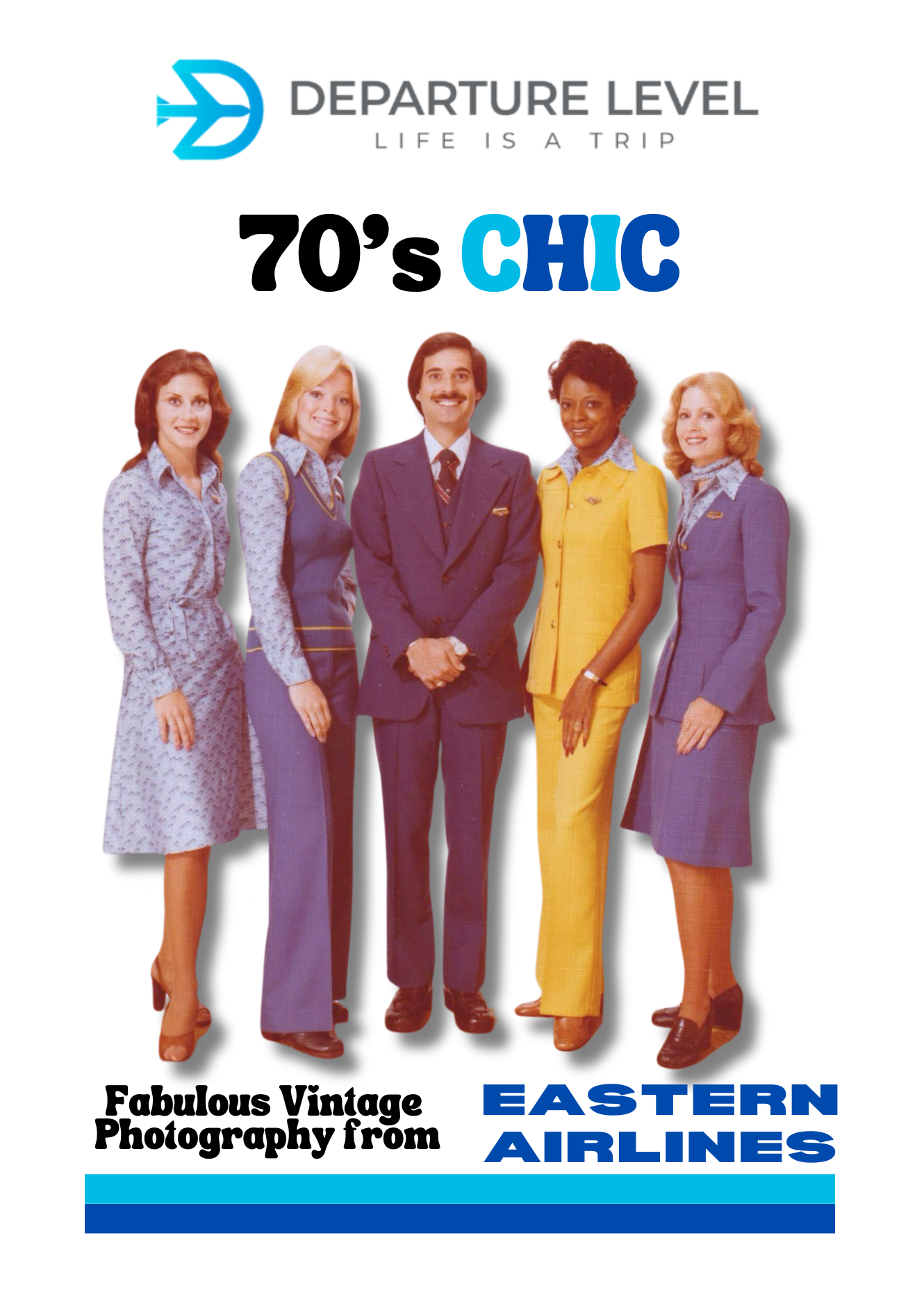
These Vintage Eastern Airlines Flight Attendant Photos are Fabulous
Founded in 1926, the original Eastern Airlines was one of the "Big Four" domestic airlines in the United States for much of the 20th century. It was a leading airline for decades — but, after years of financial instability and failed attempts at restructuring, Eastern Airlines ceased operations in January 1991.

I've been an airline enthusiast and collector of airline memorabilia for a long time, so when Eastern Airlines shut down, I contacted the offices in New York City to see if I could get any items from them. Surprisingly, they said yes. These images are just a few examples of what I found when I visited that shuttered airline office.
I wrote the essay below right after my visit for Skyjack Magazine, a fanzine I published for five years in the nineties.
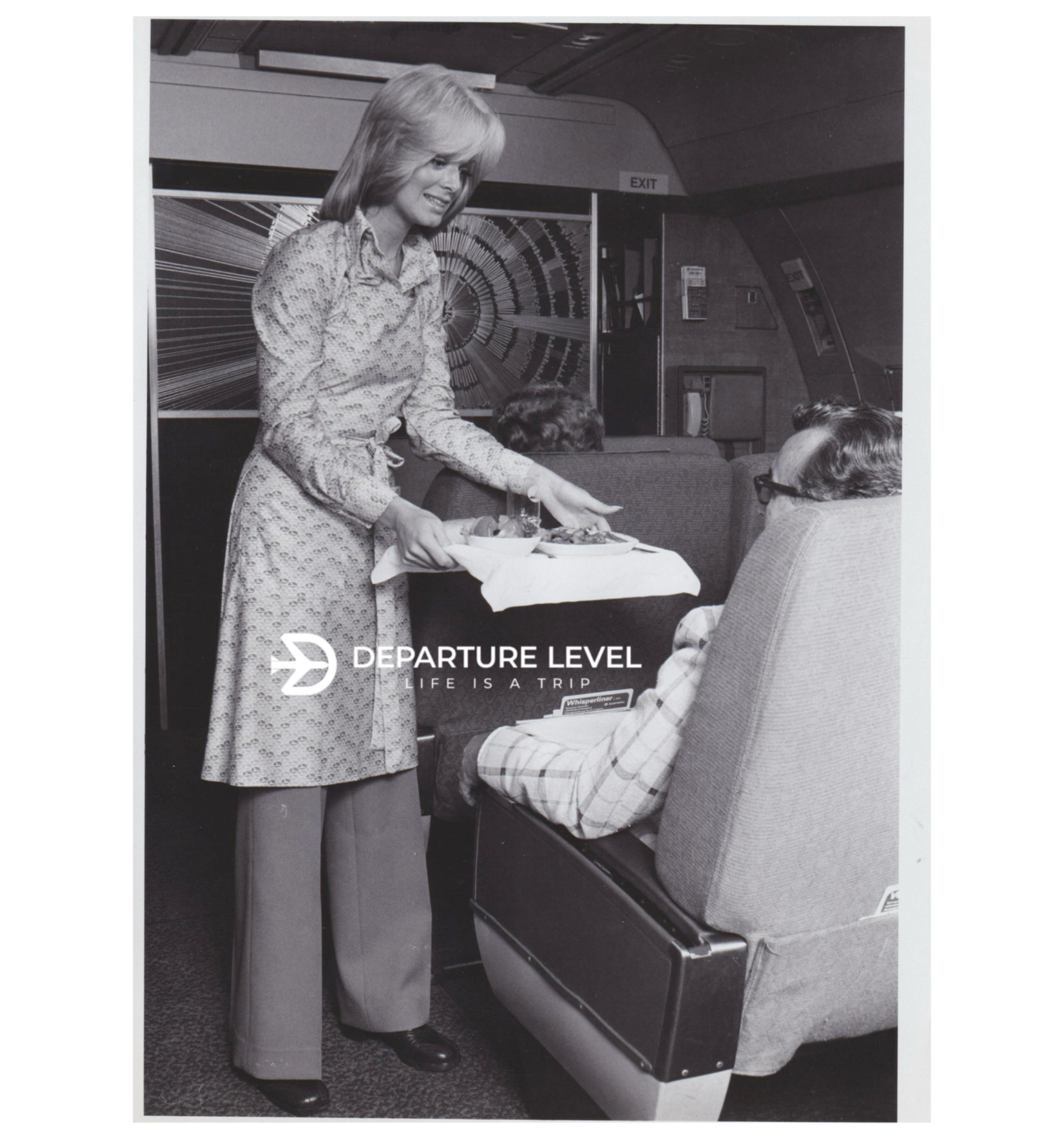
A Visit to the Eastern Airlines Office as the Company Shut Down
ESSAY FROM THE VAULTS OF SKYJACK MAGAZINE:
On January 18, 1991, officials announced that the silver jets would fly no more. The final Eastern Airlines flight landed, and an important part of aviation history ended.
Although many had predicted the carrier's imminent collapse, reality was still a jolt. Never one to miss a chance to grab some airline paraphernalia, I had already persuaded an industry friend to try and arrange for me to visit Eastern's New York offices before they closed for good. I was just waiting for someone in the office to call.
Several months passed, and I assumed that Eastern employees had more important things to do than to invite me over to go through their garbage. Then one afternoon, I got a call from a gentleman in Eastern's offices in New York City (I won't mention his name or position). He suggested that I drop by before they close up shop for good, to look through some junk that had been left behind.
This was a once-in-a-lifetime chance to capture a bit of airline history!
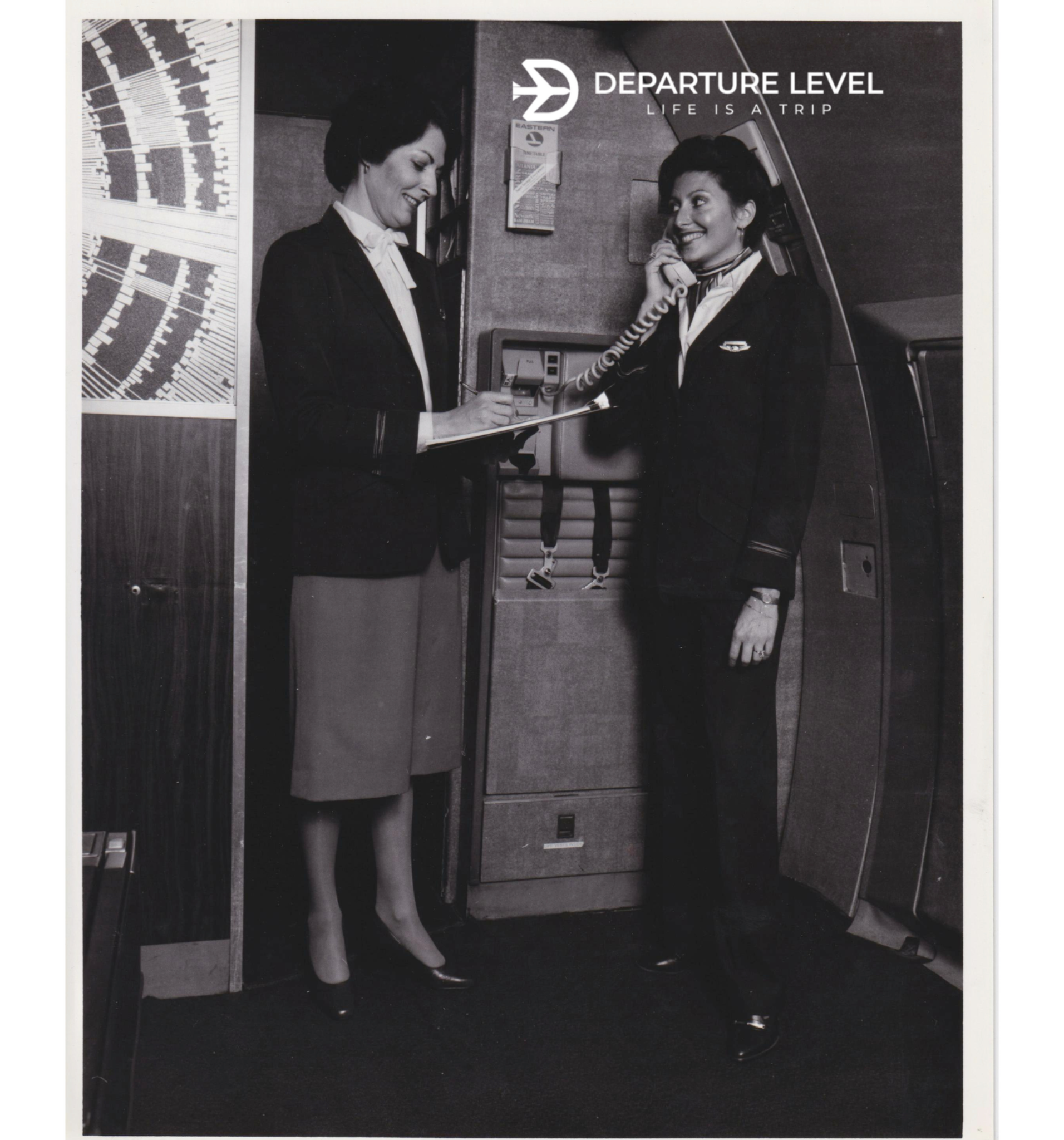
The next day during my lunch hour, I walked over to the Eastern Airlines offices at 10 Rockefeller Plaza, a building Eastern had moved into on July 15, 1940, and where they continued to maintain office space even after the executive offices were moved to Miami. The ticket office on the ground floor was permanently closed, and heavy desks and chairs were stacked on the sidewalk next to the gold door that led to the offices. I rang the bell underneath the gold “EASTERN” lettering and a buzzer soon unlocked the door. A sticker inside announced that I was entering a 'Disaster Area.' I understood the sentiments.
Inside, a handful of people buzzed around, throwing office supplies into boxes that covered the floor of the small office. The gentleman who had telephoned greeted me with a handshake and a package of Eastern L-1011 post cards.
My newfound friend showed me to another room where hundreds of brochures lay in dusty piles on top of brimming file cabinets. "We're trying to get rid of everything, he told me, 'Just rummage through and see what's there. Help yourself.' Then he left me alone to look through this treasure chest of Eastern Airlines history.
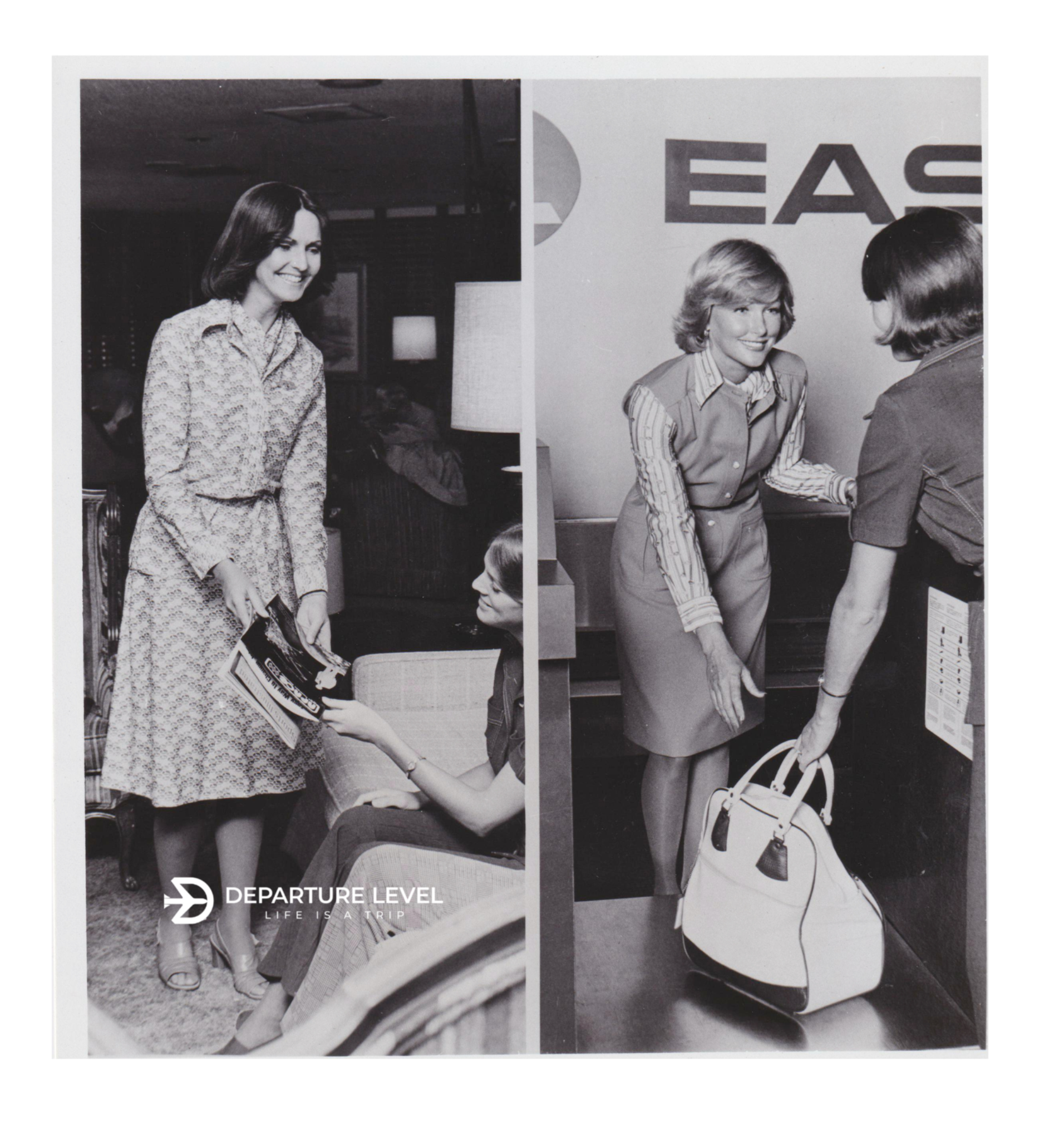
I couldn't wait to dive in. I found a cavalcade of public relations material, including glossy Eastern Airlines aircraft photos, fact sheets, timetables and photos of smiling flight attendants from various time periods. Since I had missed an auction of larger items at LaGuardia airport earlier in the year, this was surely my final chance to increase my Eastern Airlines collection at the source.
*You're looking for memorabilia?" a voice asked as I bent over a file cabinet. I turned around and met an Eastern employee who had come in to grab some of her possessions. I explained that I was an uncontrollable airline fanatic.
"You might want to check for stuff over here too, she suggested, pointing to another cubicle where material was piled up. "We told the offices in Miami about all of this stuff, but they haven't expressed any interest in taking it.”
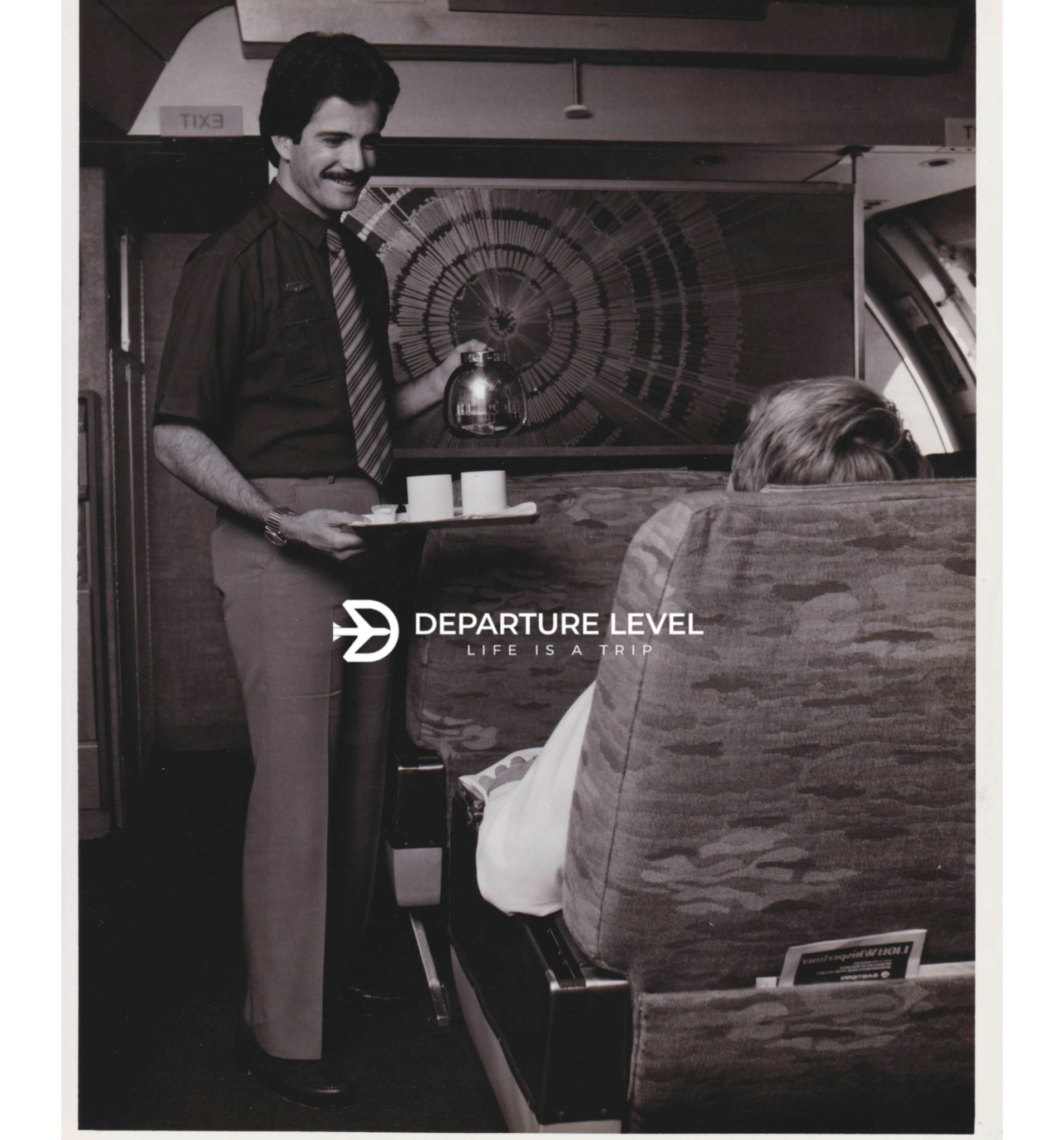
I asked the now-unemployed Eastern Airlines staff person how employee spirits were in the final weeks. “Grim,” she replied as she left,” ‘but people are looking forward to the whole thing ending, so they can move on.”
Sorting out all of the paraphernalia left behind at Eastern's office was like cleaning out the house of a deceased relative. You find some things you remember from long ago, and you find some things you never knew existed.
The material in this office brought back memories of my first sighting of an Eastern DC-8, and the excitement of my first flight on an Airbus from Miami to New York. I also found vintage mementos of Eastern's long relationship with World War I here Eddie Rickenbacker, who became Eastern’s long-time leader, and proud announcements of the first all-jet service on the ground-breaking Air-Shuttle.
I did not know, however, that Eastern was headquartered in Brooklyn from 1929 to 1932, or that they were the first airline to hire male flight attendants (at least according to Eastern’s public relations material; according to the National Air and Space Museum, Eastern shifted from hiring only women to only hiring men in 1936, but Pan American may have actually done it first).
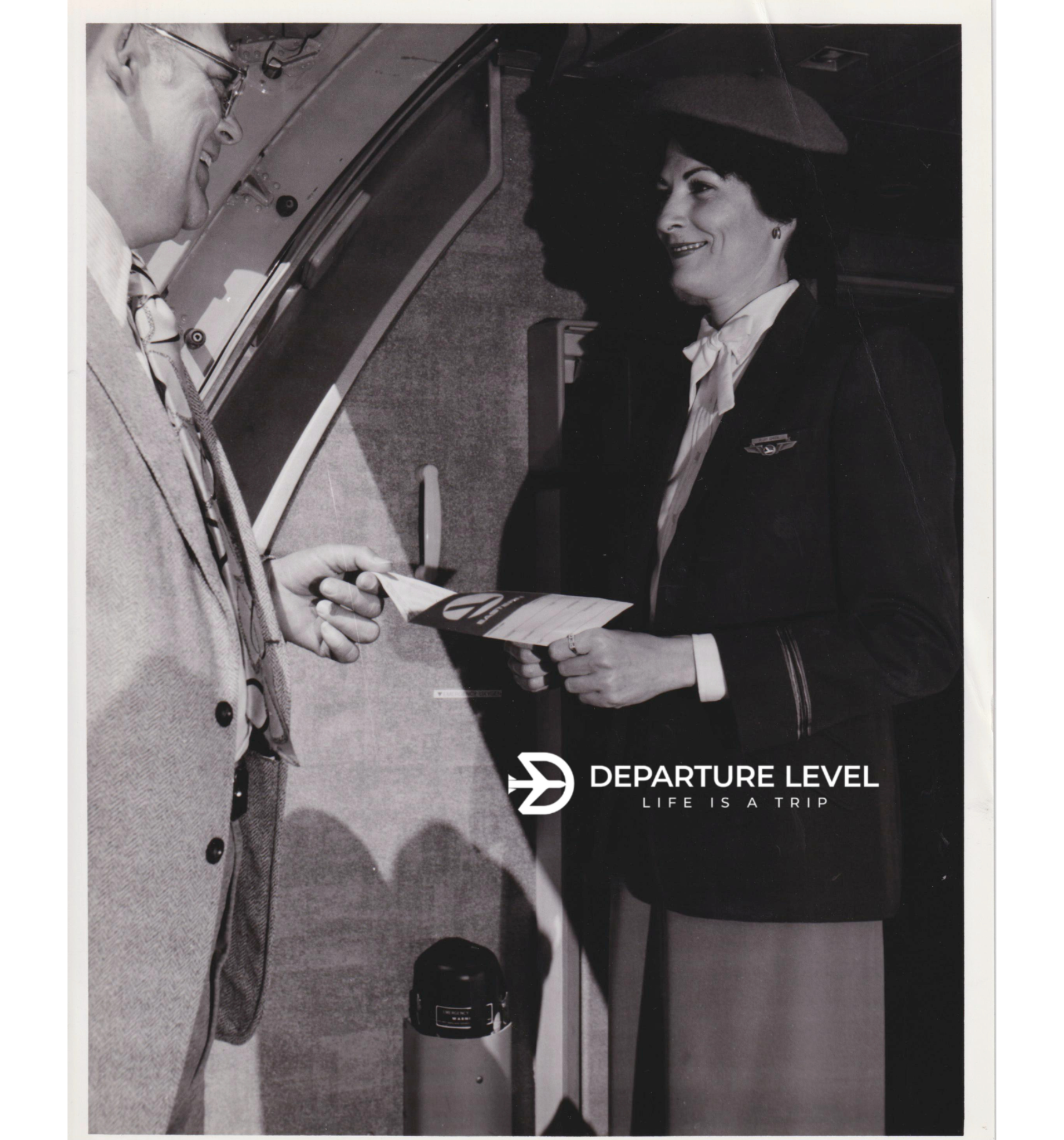
Of course I saw nothing that reflected the extreme difficulties that Eastern Airlines encountered. The glowingly promotional material contained no mention of the company’s challenges with management decisions, labor relations or bankruptcy. There was nothing to remind me of the time I flew on OnePass frequent flyer miles to Buenos Aires just after a crippling strike started, when Eastern's routes were so heavily reduced that it was more a Latin American carrier than a U.S. domestic. What I found in that office was only the best, only the proudest memories of an airline that holds an important place in aviation history.
I spent forty-five minutes in that office, getting my hands filthy from the old files and loving every minute of it. I left with four full plastic bags and a travel poster under my arm. I thanked the gentleman who’d invited me again. Even after the airline stopped flying (as schlocky as it sounds), its people were still earning their wings.
Post Script
Since my trip to Eastern's New York offices had met with such success, a couple weeks later I called the Miami headquarters. I wasn't sure if there would be anyone at the other end to answer, but I called anyway.
“Good afternoon, Eastern Airlines,” a woman answered pleasantly, with no hint of the fact that airline was effectively extinct. I explained that I was calling to inquire about memorabilia, and she told me that there was a separate department, "asset sales,” that handled such requests. She cheerfully transferred to a woman in that department, who said I was too late; all remaining memories of Eastern Airline had been sold. Apparently, I wasn't the only one looking to hold on to a piece of aviation history.
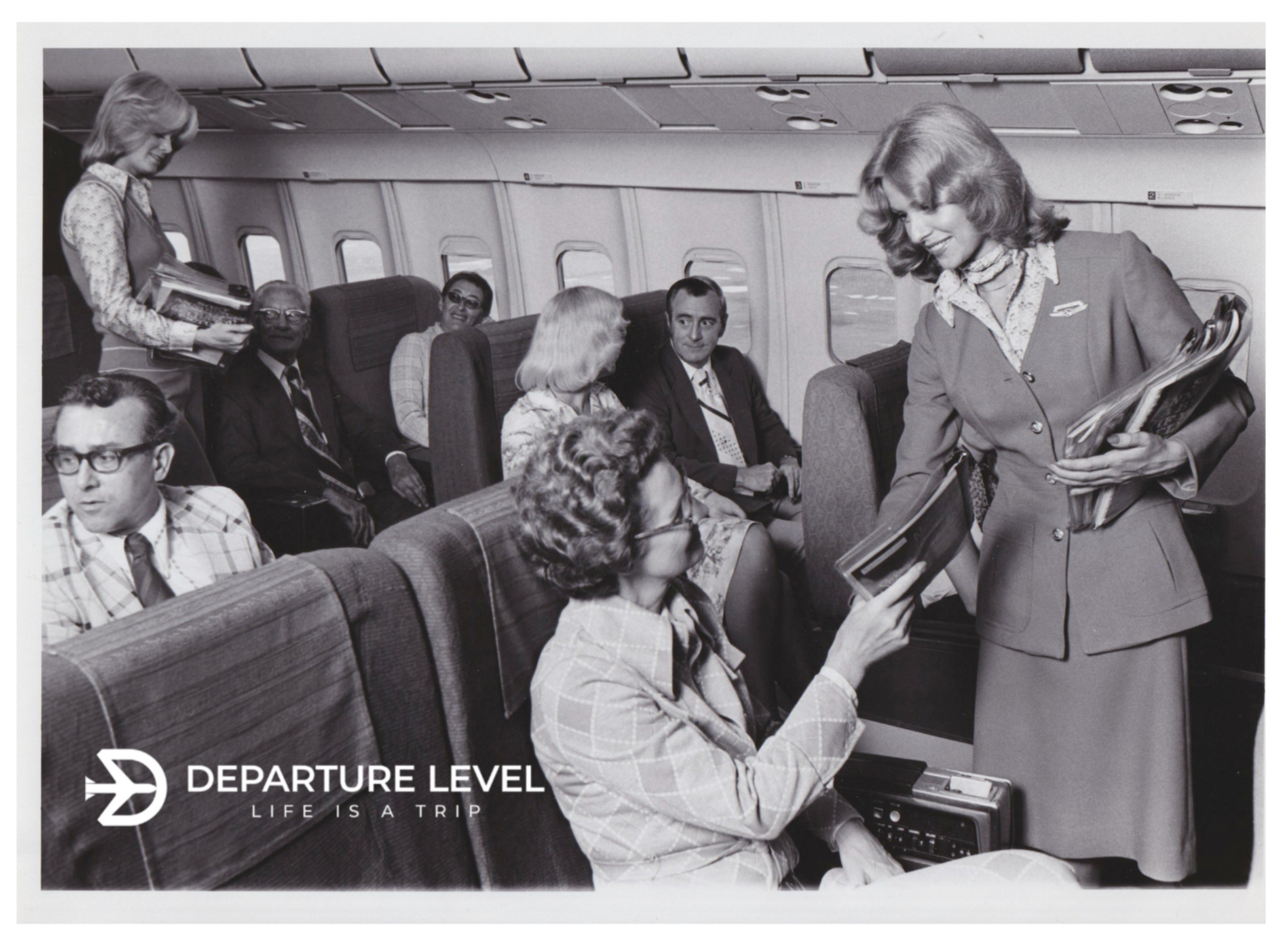
Does Eastern Airlines Still Exist?
There is a company called Eastern Airlines based in Kansas City, Missouri, but it's not the same airline as the original Eastern.
Why Was Eastern Airlines an Important Airline?
Under the leadership of Eddie Rickenbacker, a World War I flying ace, Eastern Airlines became a prominent player in the aviation industry. By the mid-20th century, it had established itself as a leader in passenger travel, connecting major cities across the Eastern Seaboard and beyond.
Eastern Airlines was renowned for its pioneering spirit and technological advancements. It was one of the first airlines to introduce the Douglas DC-3, which revolutionized air travel with its comfort and reliability. Eastern also played a significant role in developing the air shuttle concept, offering frequent, no-reservation flights between New York, Washington, D.C., and Boston. This innovation catered to the growing demand for convenient and flexible travel options for business commuters, setting a new standard in the industry.
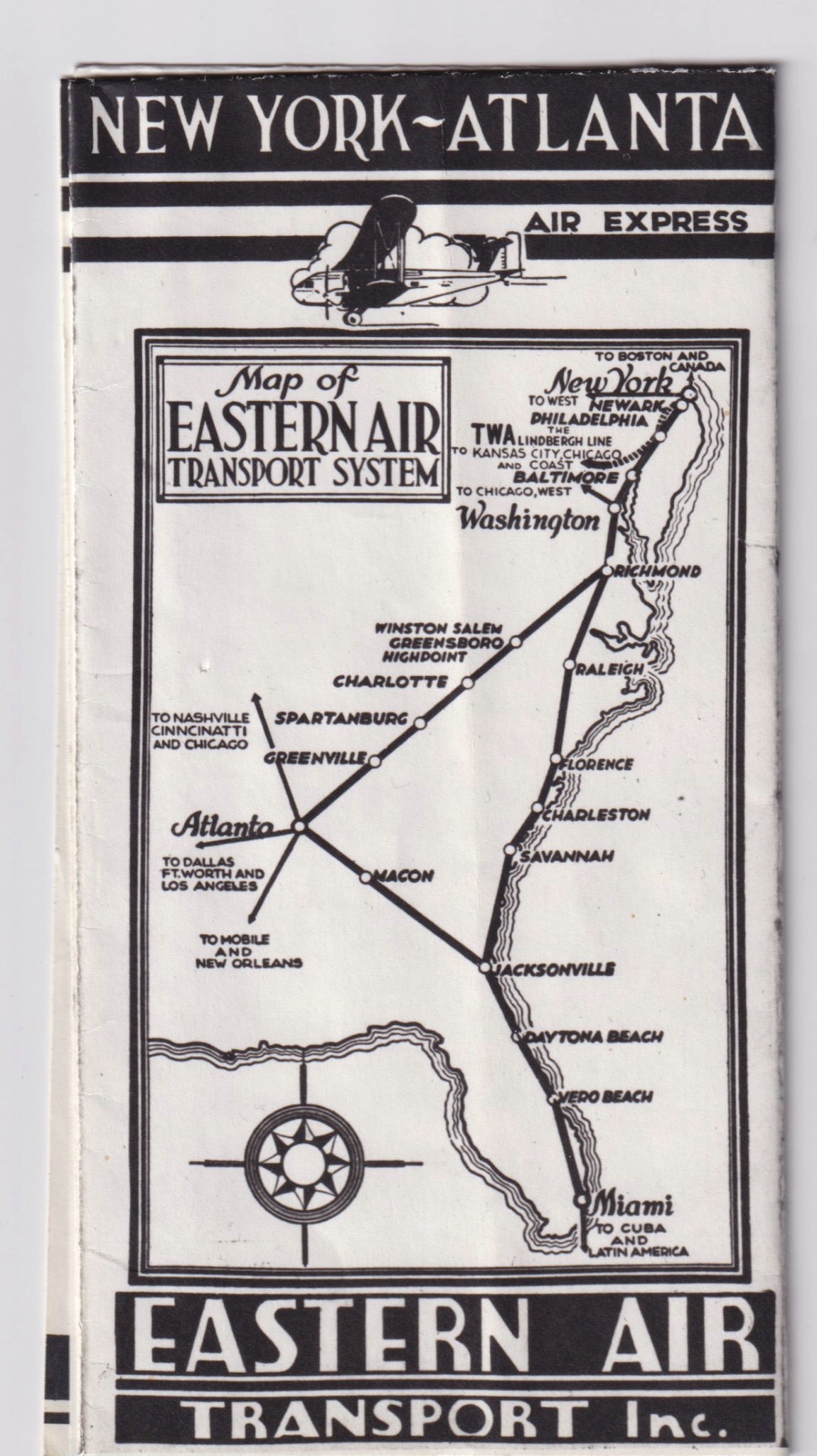
What Happened to Eastern Airlines?
Despite its successes, Eastern Airlines faced significant challenges in the latter part of the 20th century. The deregulation of the airline industry in 1978 introduced fierce competition and financial pressures. Labor disputes and management issues further exacerbated the airline's troubles. Frank Lorenzo's controversial tenure as CEO in the 1980s marked a turbulent period, with strikes and cost-cutting measures leading to deteriorating service quality and employee morale. These issues culminated in the airline filing for bankruptcy in 1989.
The final chapter of Eastern Airlines was marked by a prolonged struggle to stay afloat. After years of financial instability and failed attempts at restructuring, the airline ceased operations on January 19, 1991. Its assets were liquidated, and its routes were taken over by other carriers. Although Eastern Airlines no longer flies, its legacy lives on in the annals of aviation history as a pioneer and innovator in the early days of commercial air travel.

_____
From the pages of Skyjack Magazine, a fanzine “for gay people who fly" founded by travel writer Mark Chesnut. Skyjack was published from 1993 to 1997 — and was filled with airline nostalgia, airline and travel humor, insider reports and travel tips from people in the airline industry, strange and funny airline experiences and airline news, Skyjack also aimed to celebrate the connection between air travel and pop culture, showcasing how air travel has been used in books, movies, TV and music.

Post a comment